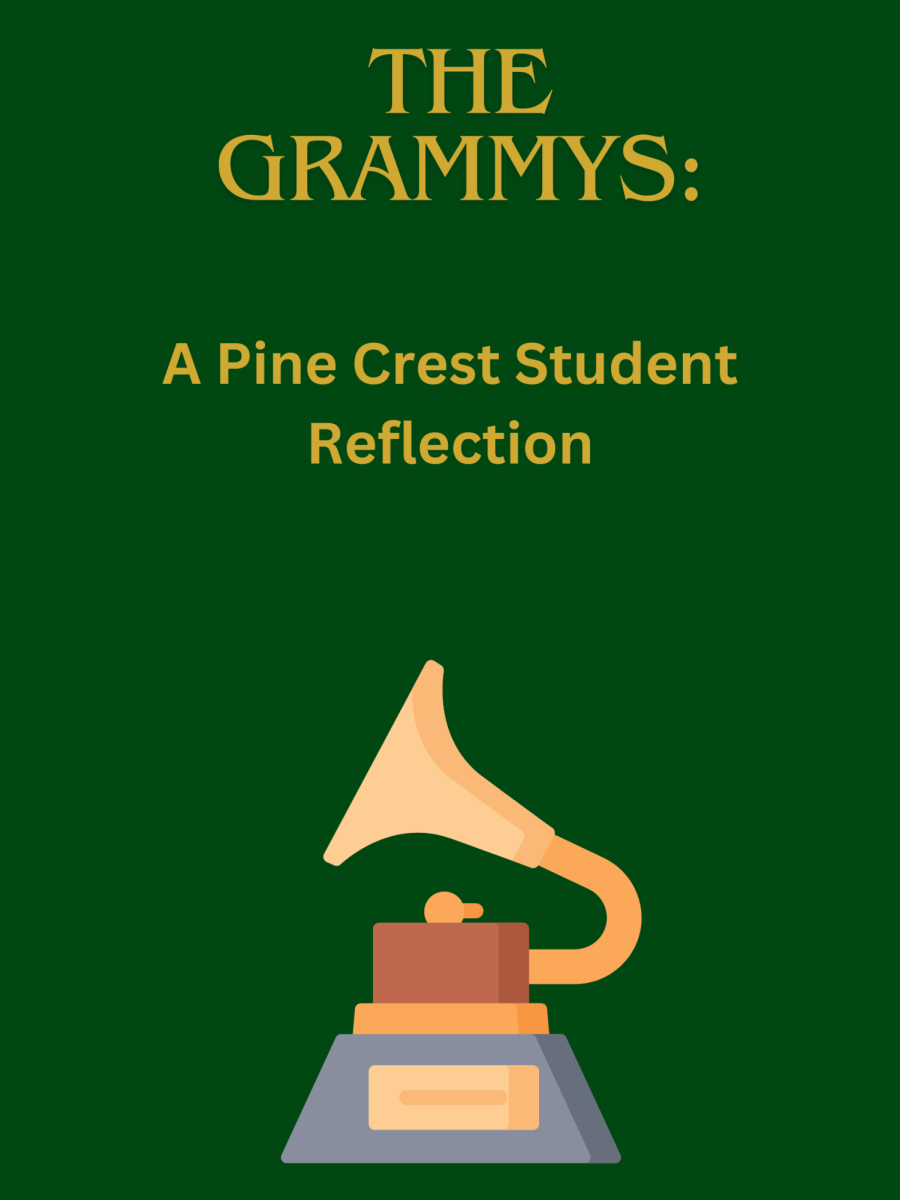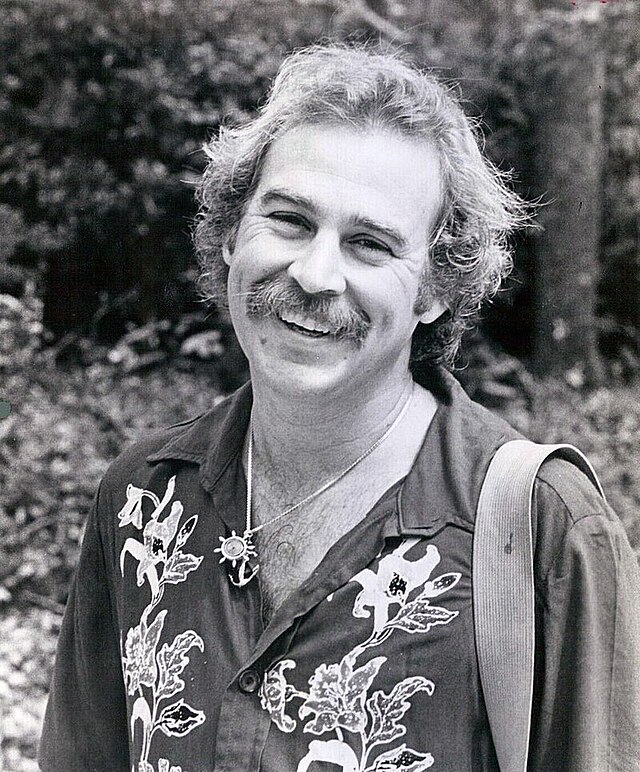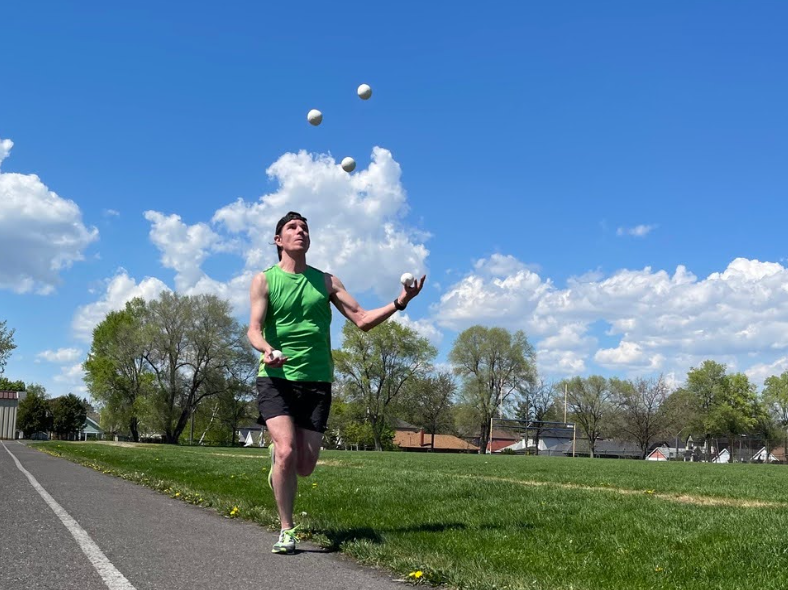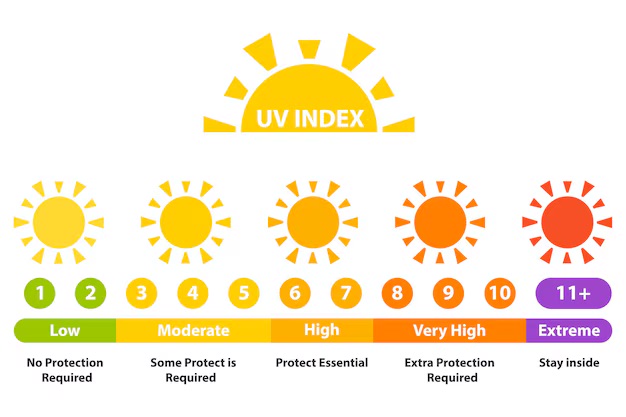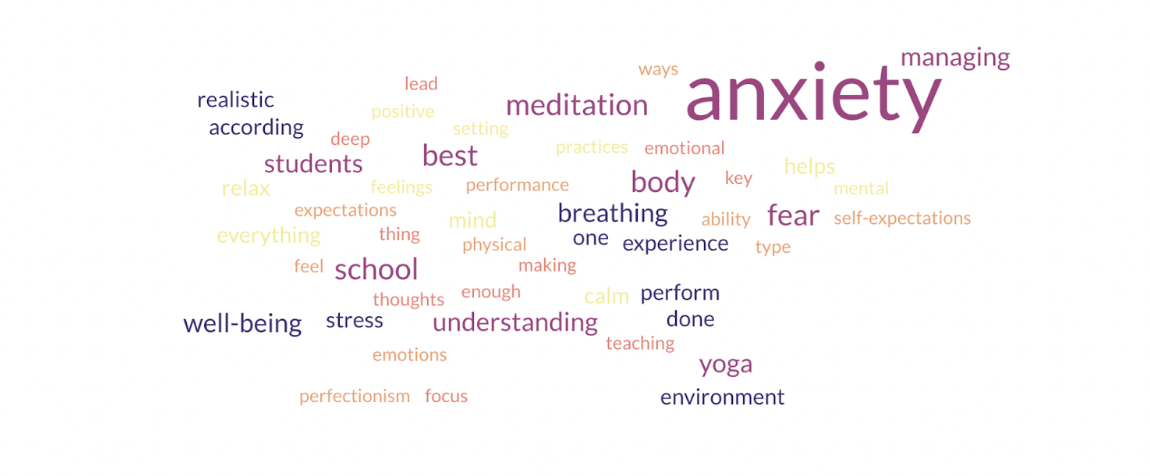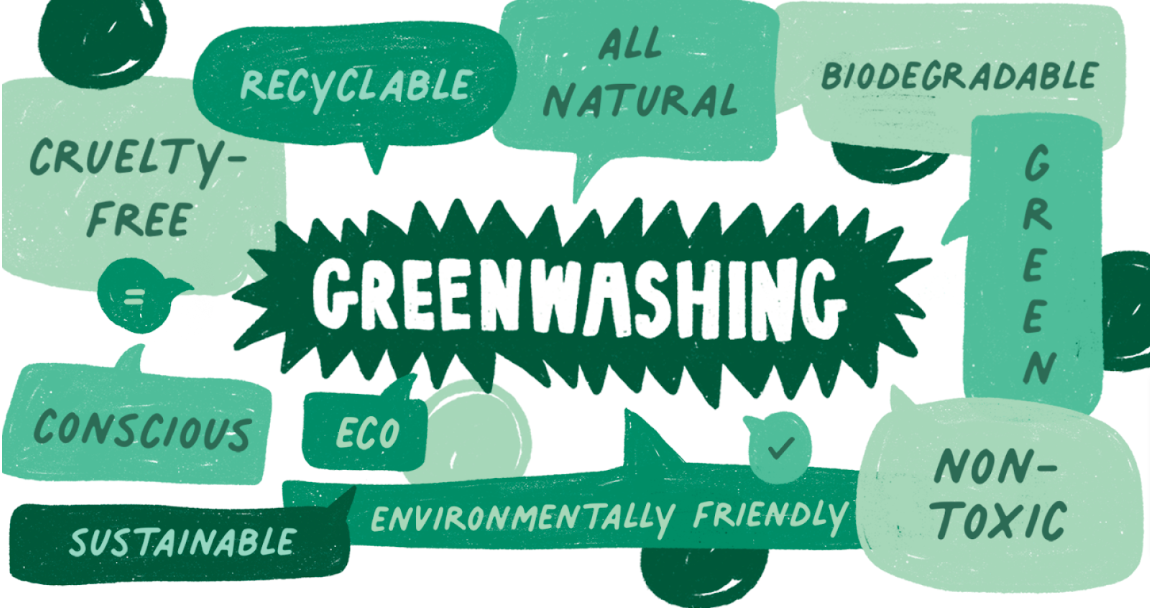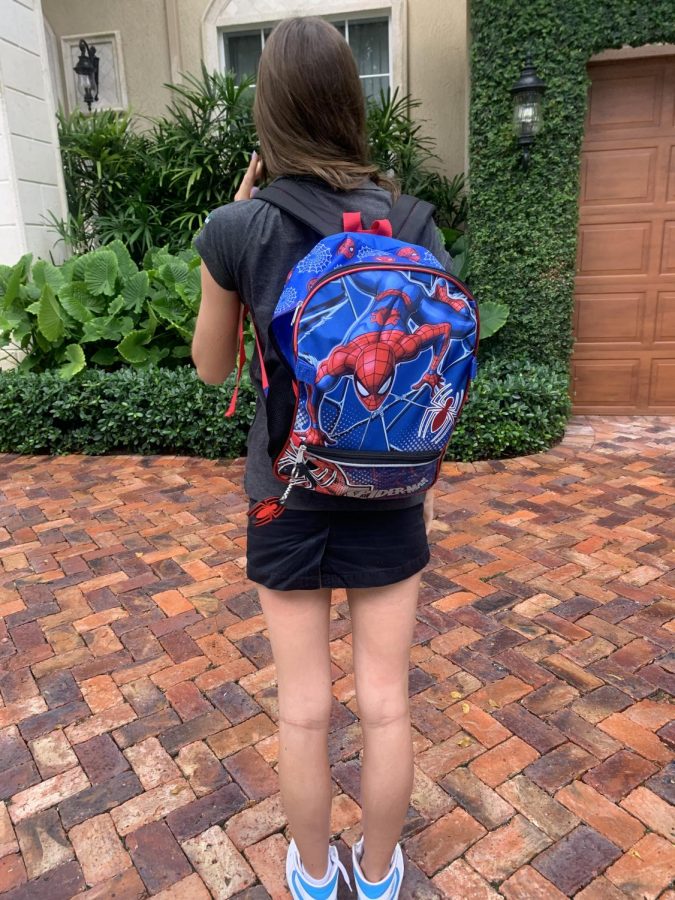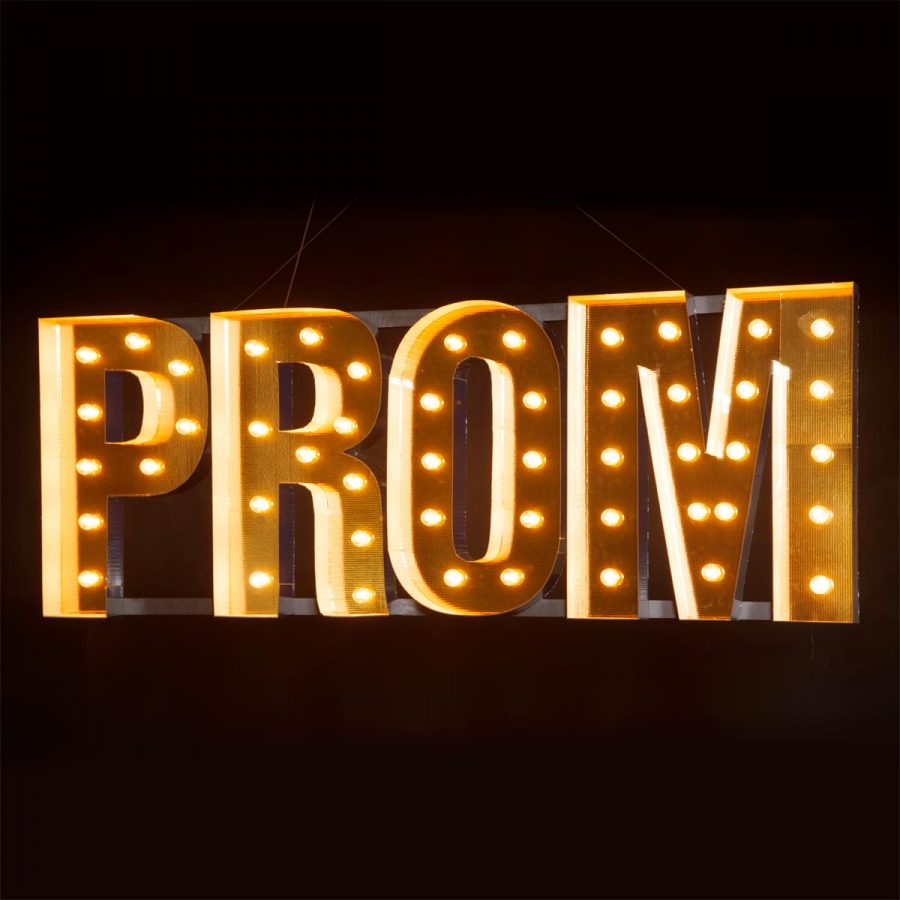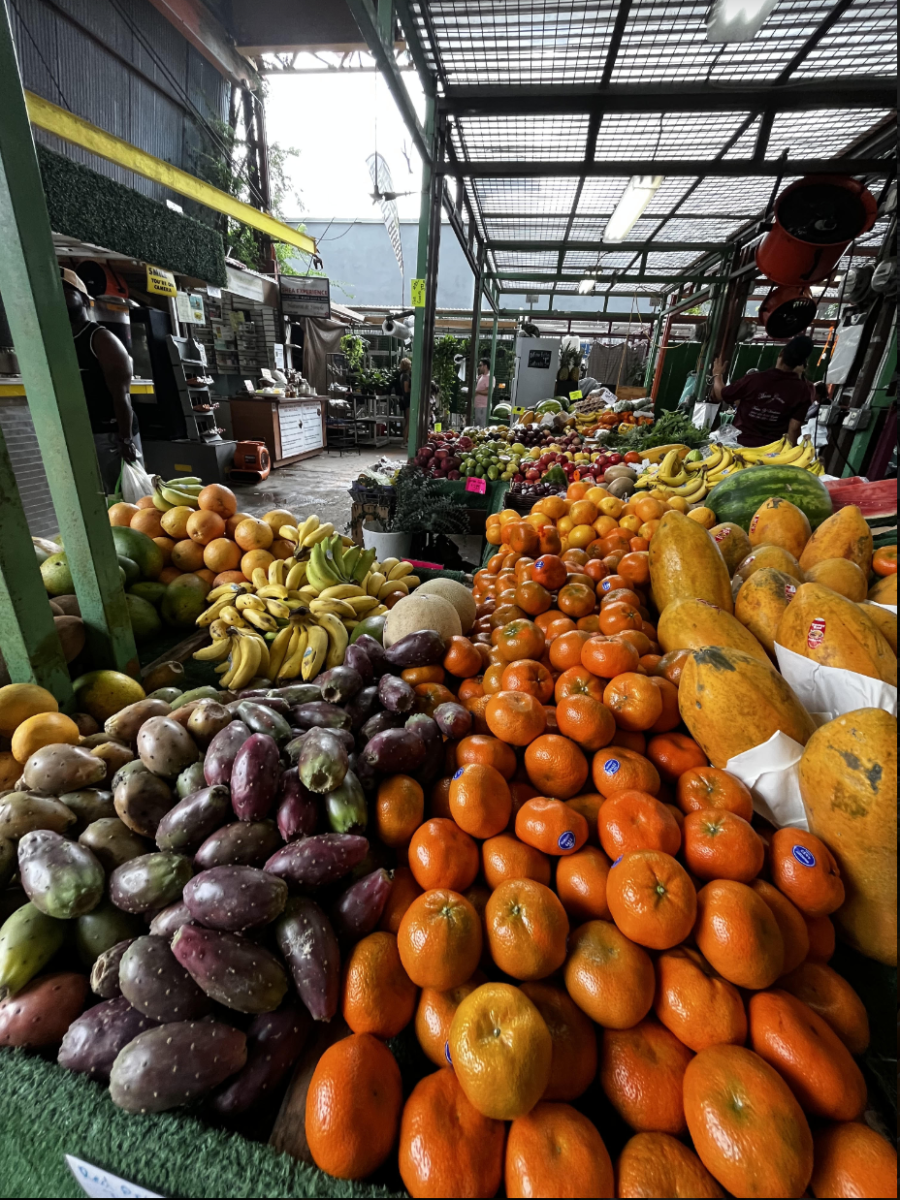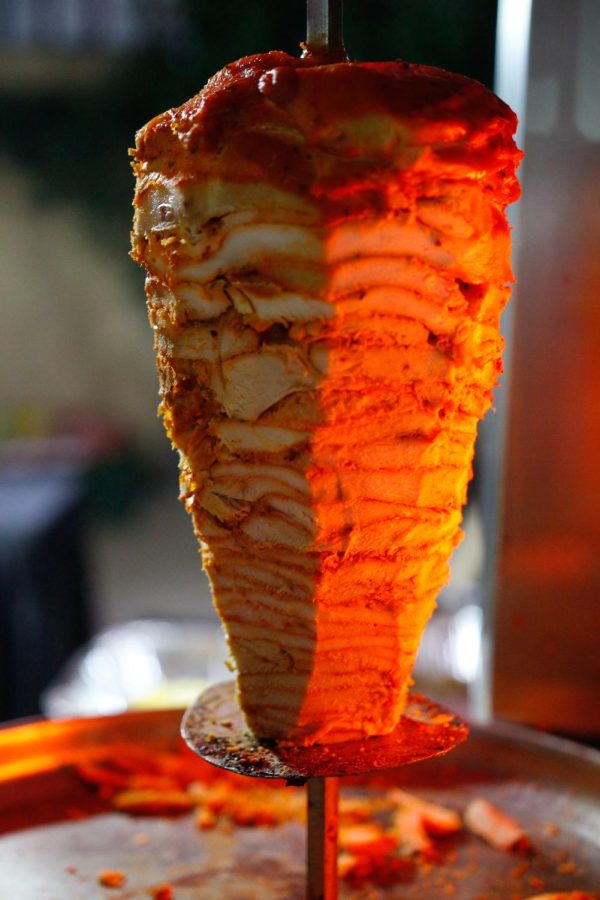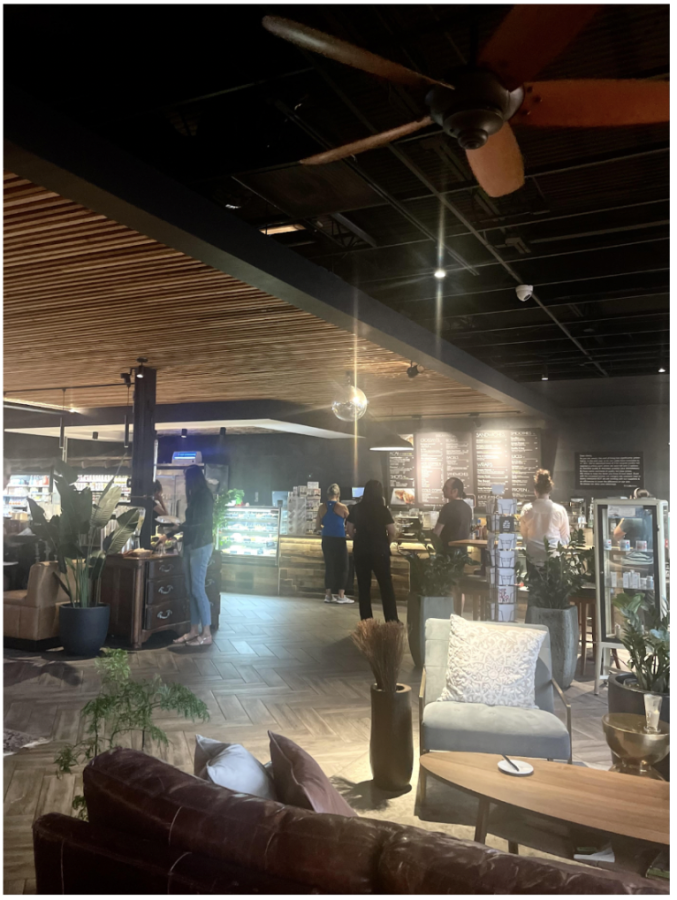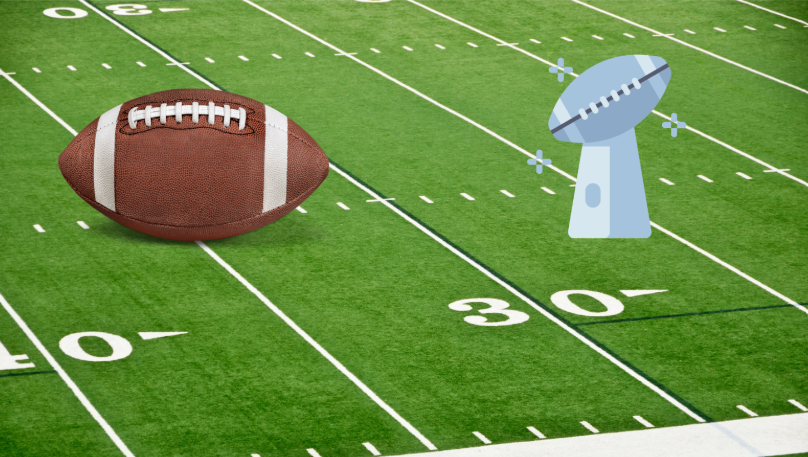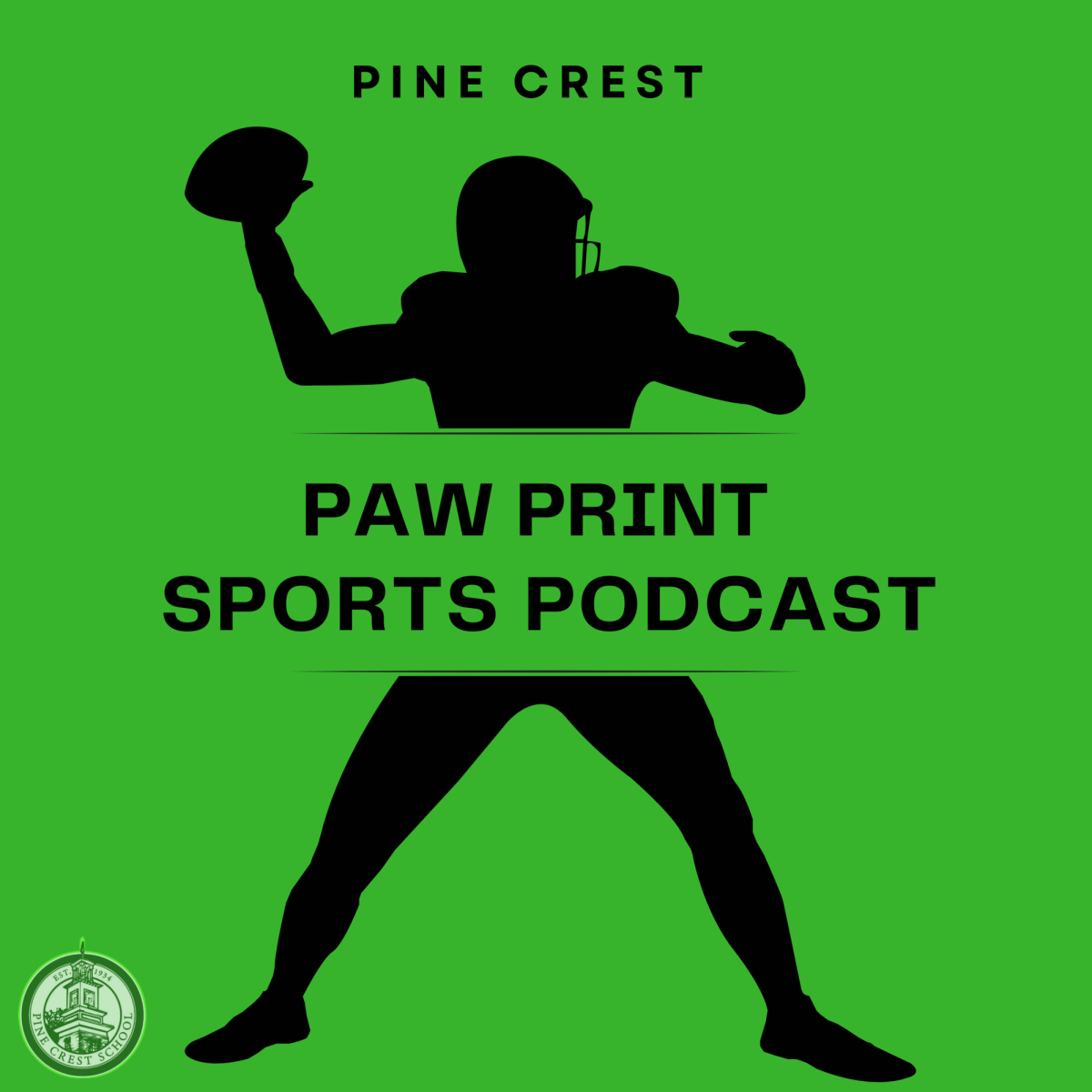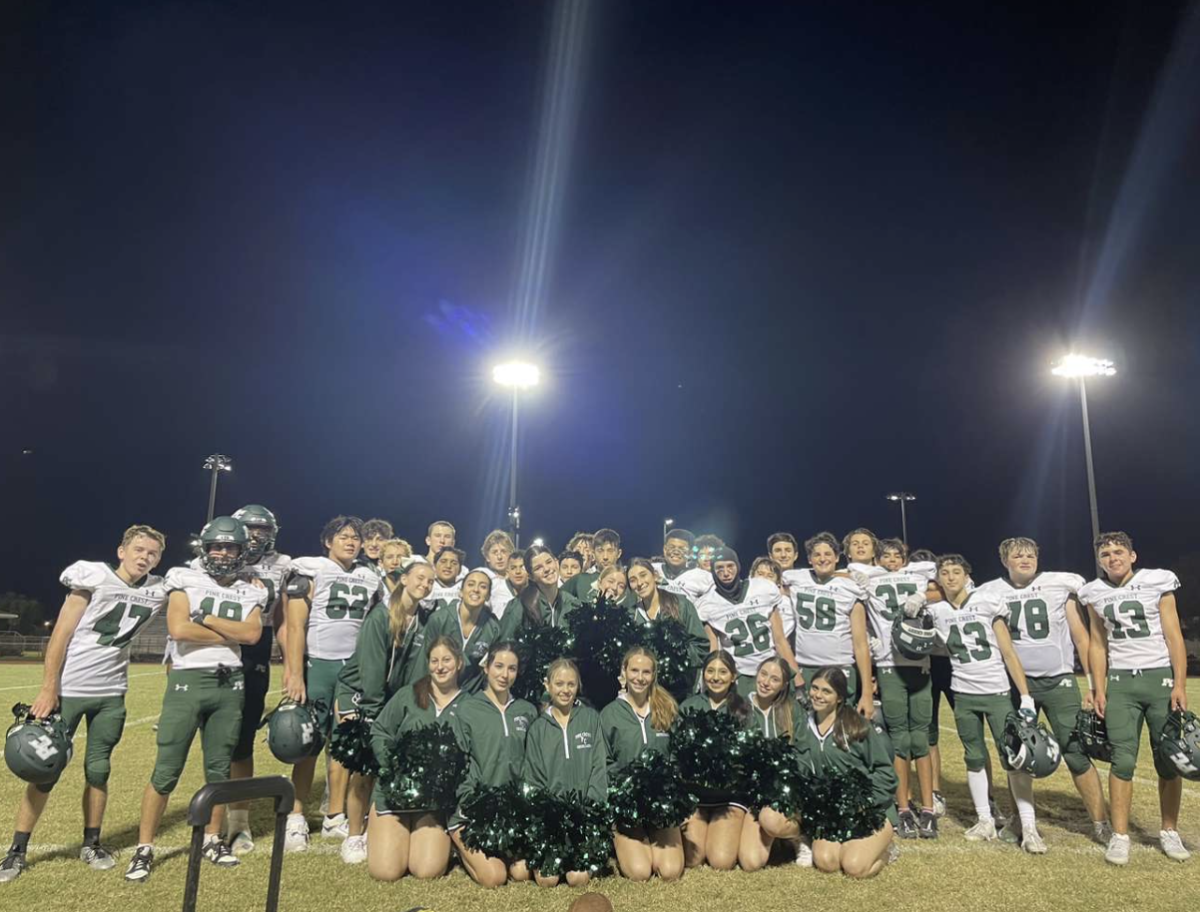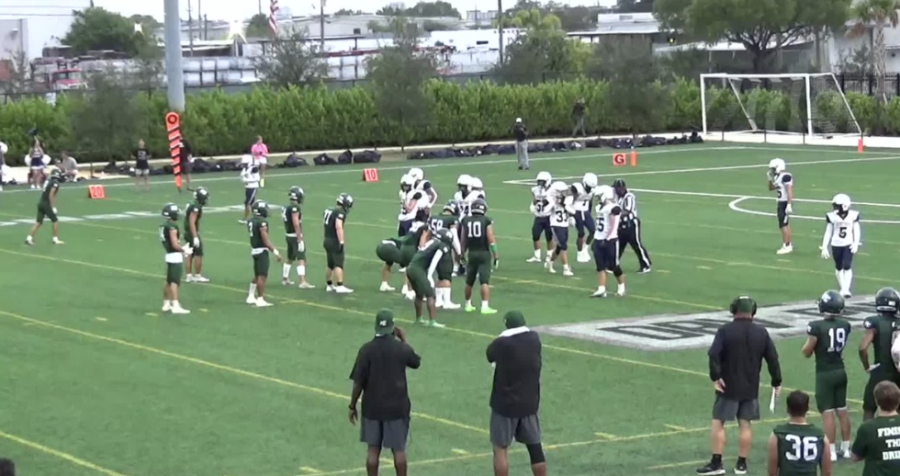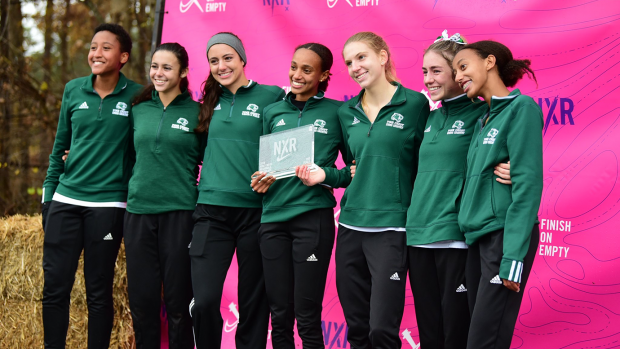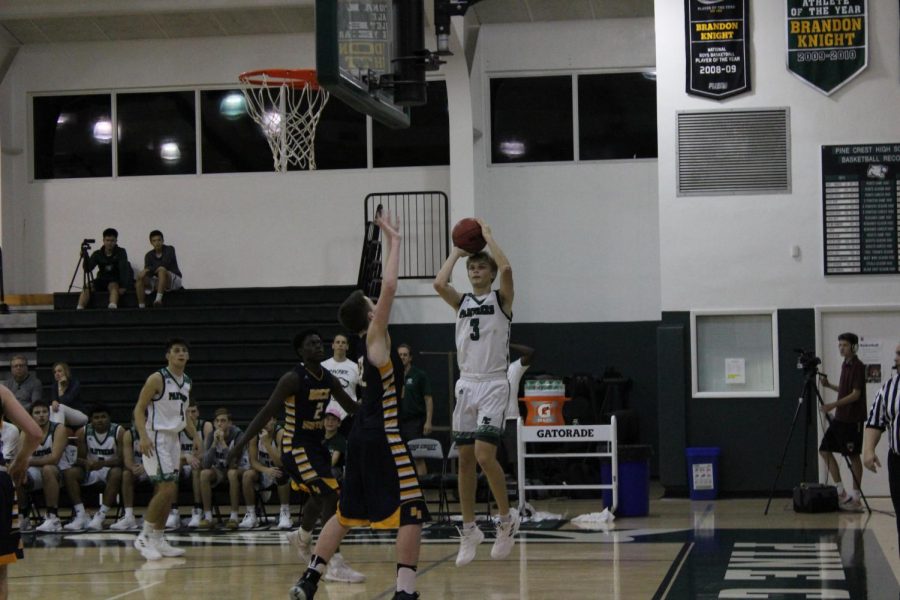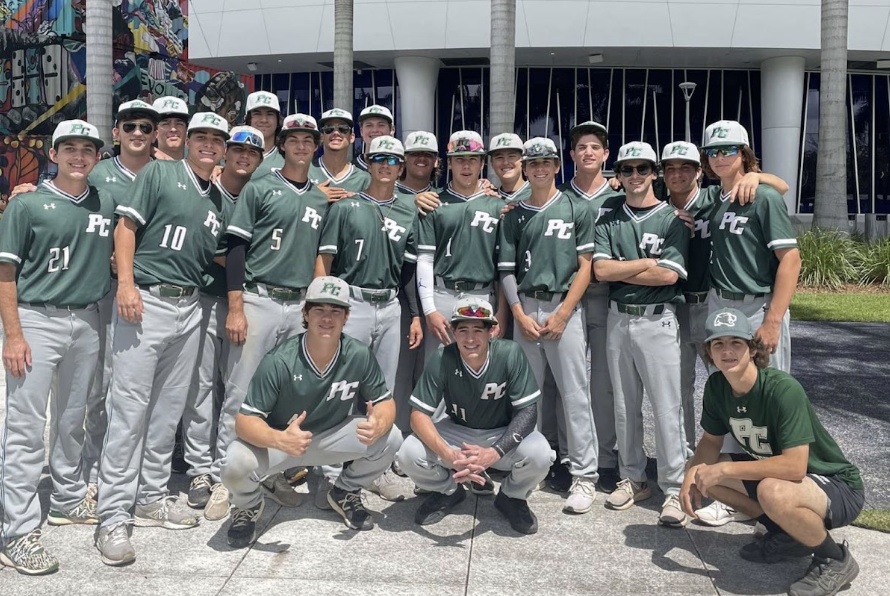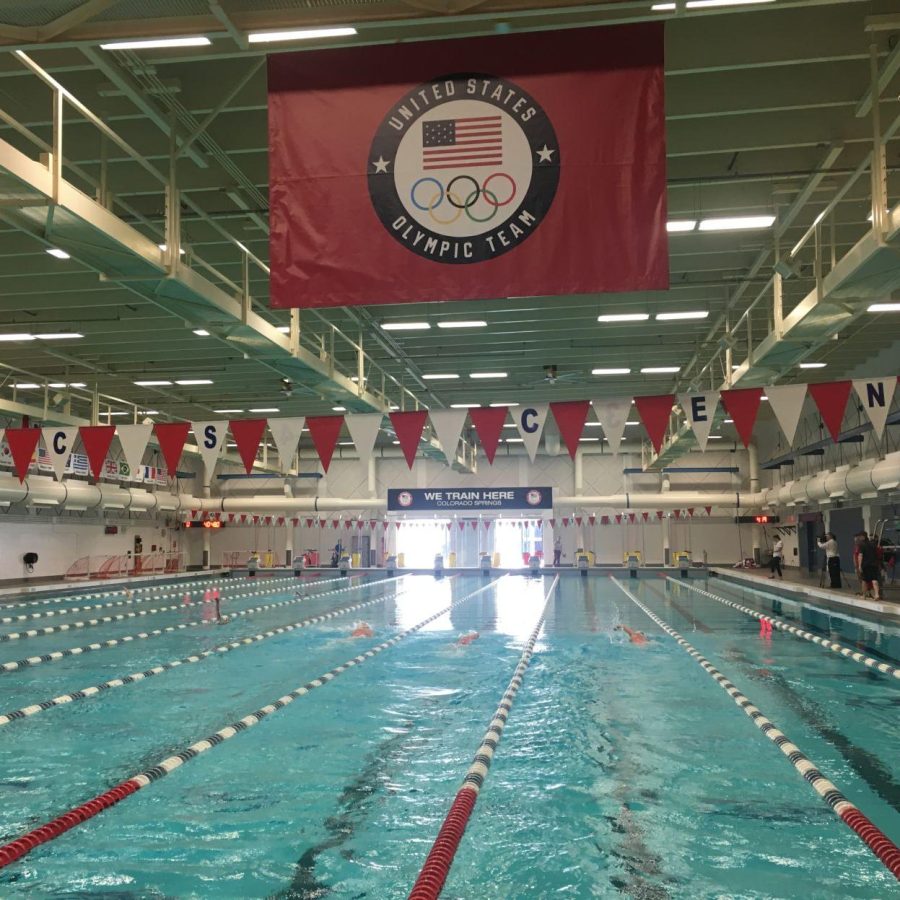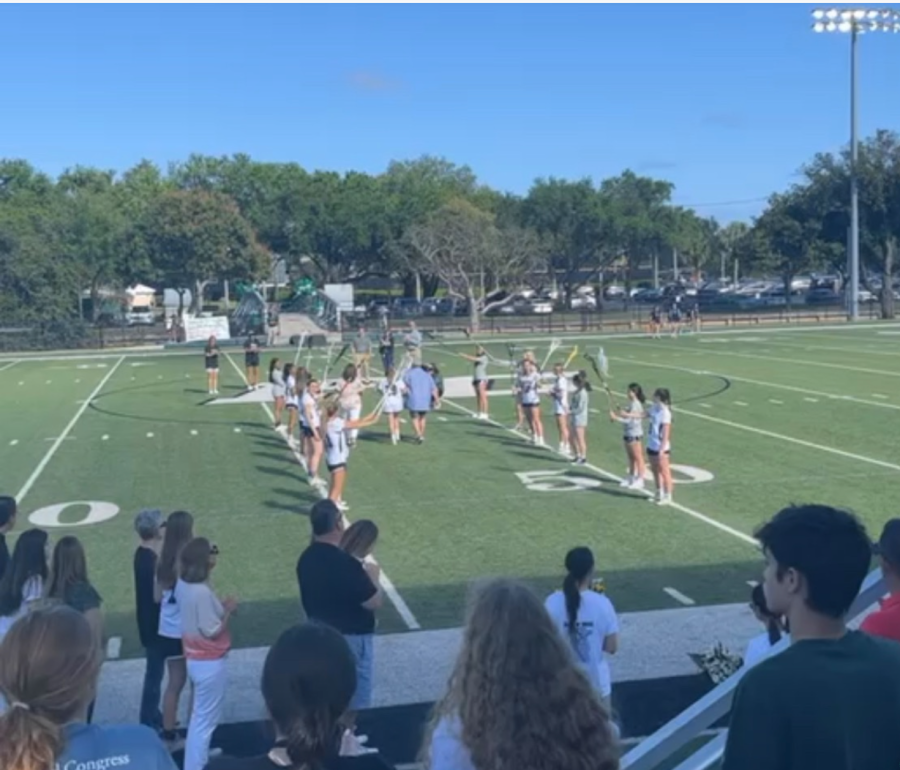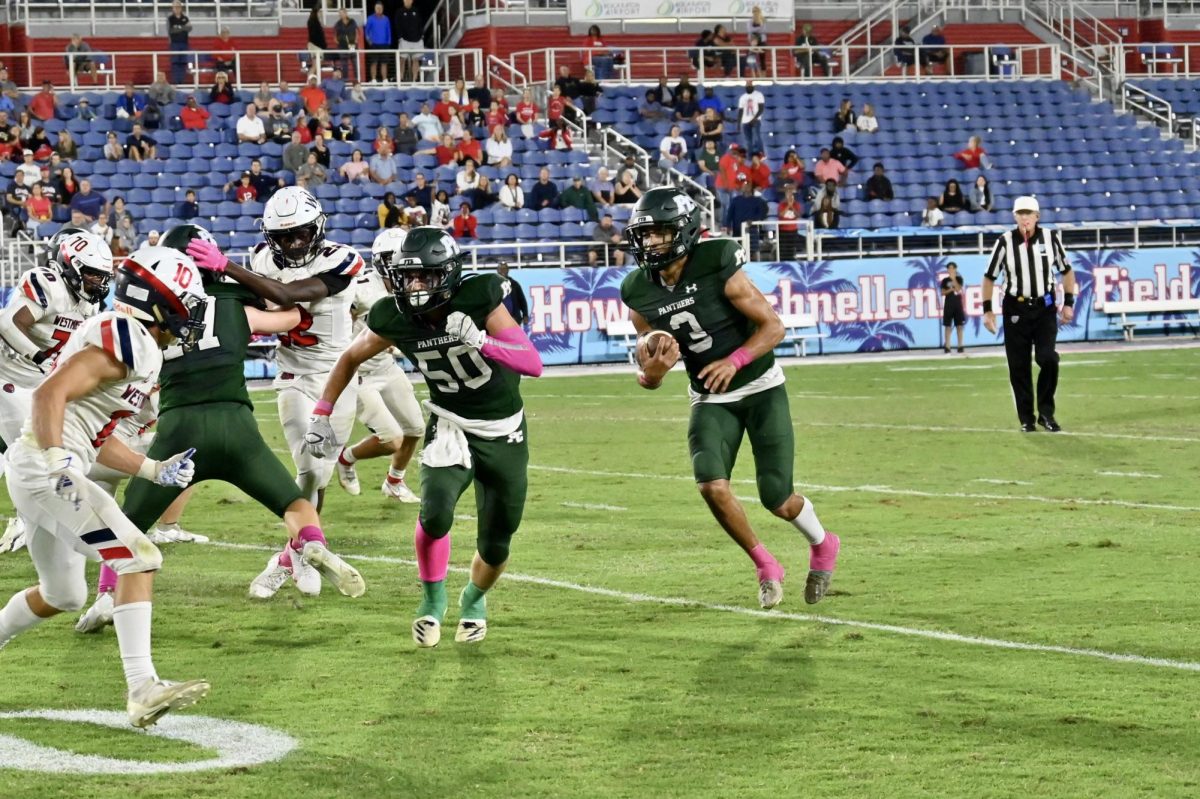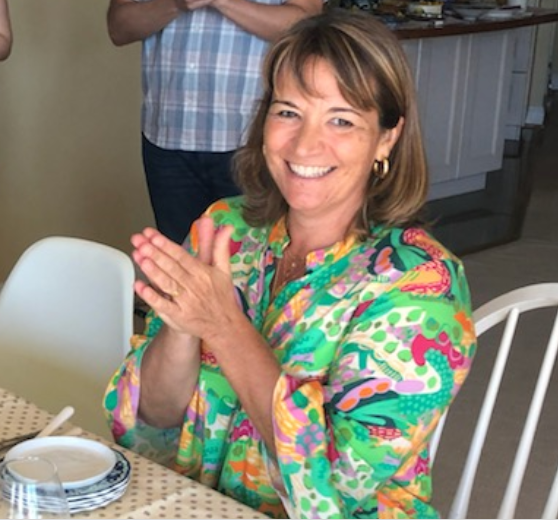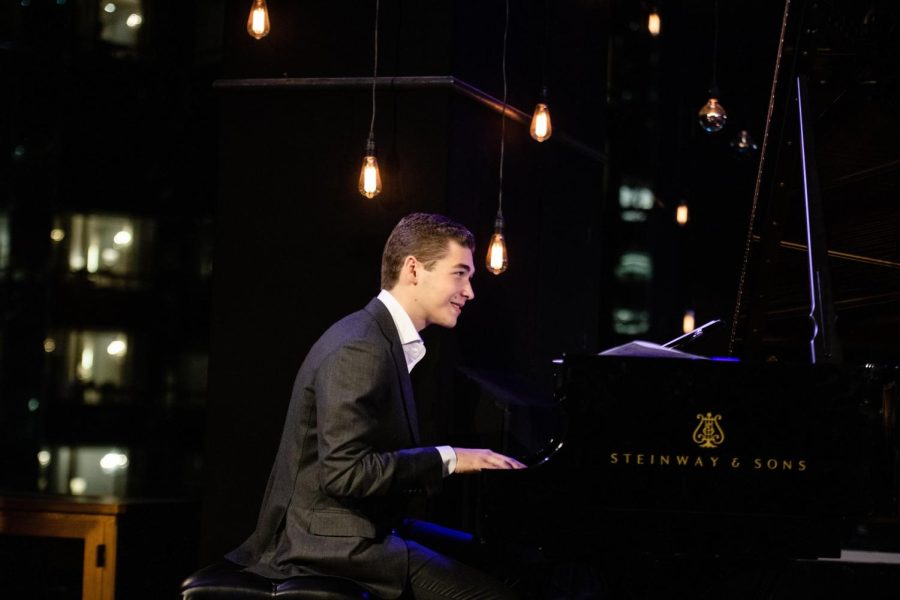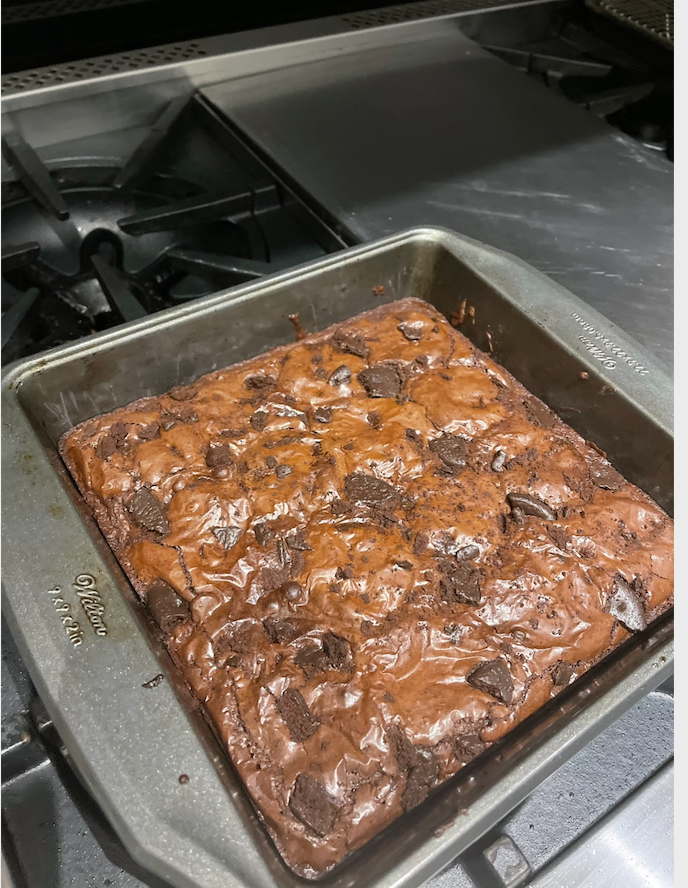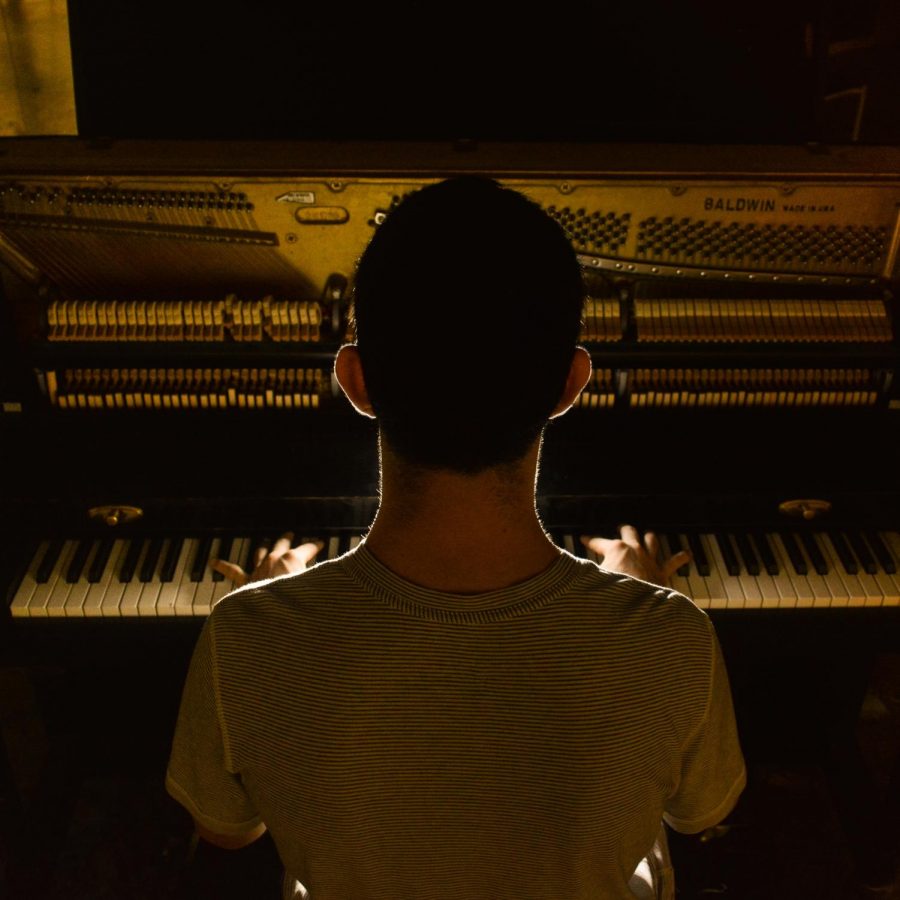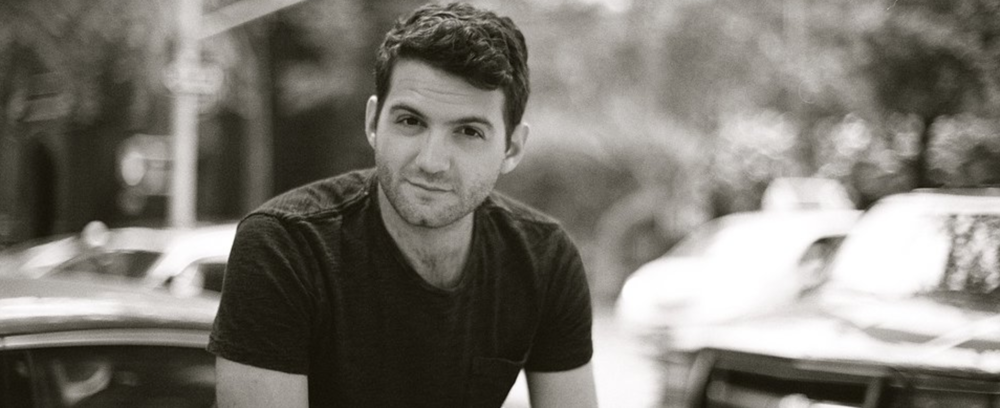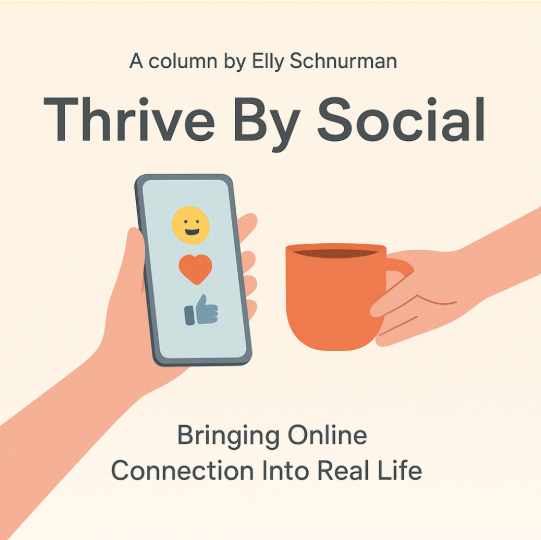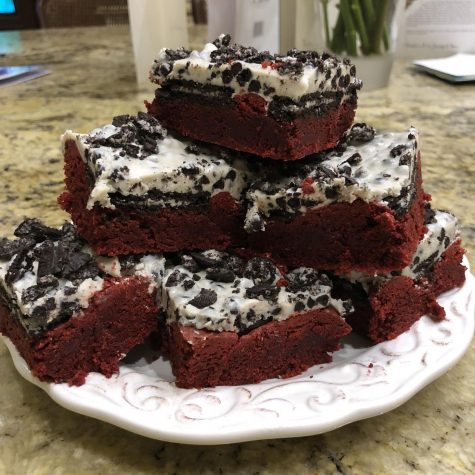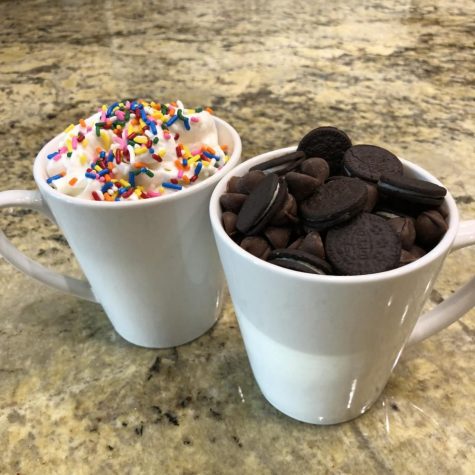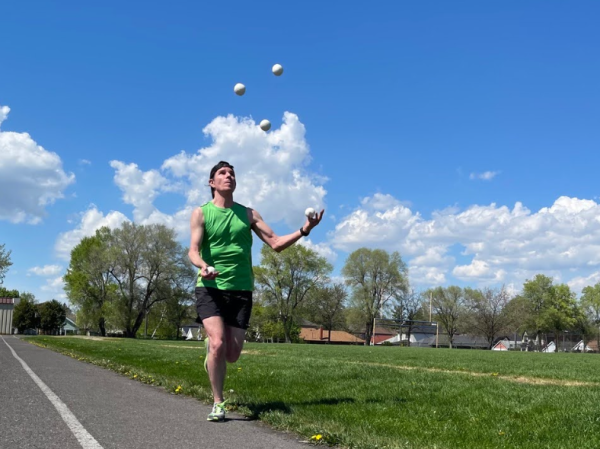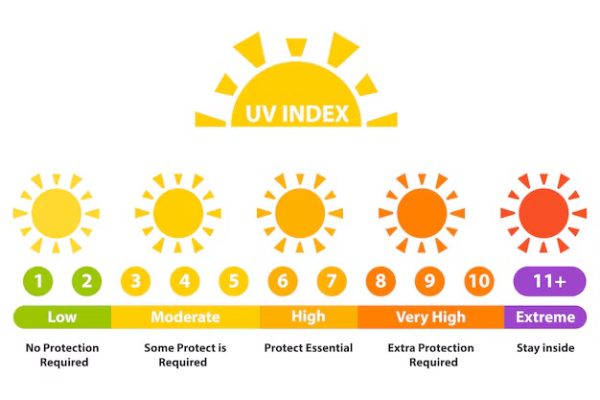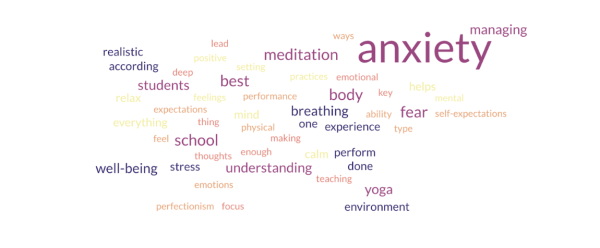Sad Girls’ Club
[ot-caption title=”Lana tells it like it is. (via Tumblr)” url=”https://pcpawprint.com/wp-content/uploads/2014/09/lana.jpg”]
Being sad is Having A Moment. It is now fun to keep cry logs, tweet about your crying, and take selfies of yourself crying to send to friends. Mascara running down your face is a trendy accessory. If you’re really committing, you can wear a witty t-shirt proclaiming your sadness (and consequential rad-ness) to the world. Crying in school bathrooms is fun. Crying in the car is especially fun. Statistically, if a person sees me driving and recognizes me, there is a very good chance that I will either be putting on a concert as a one-woman cover band, or crying, or both. A study by psychologists Glenn Schellenberg and Christian von Scheve has found that pop music has been growing sadder and sadder over time. It’s not because people have become progressively sadder – it’s just become more socially acceptable to acknowledge it, and laugh about it.
There sometimes seems to be a very distinct line between what is bad music and what is Good Music. Admitting what I consider to be Good Music has always been intimidating to me due to the divisive nature of many musical genres – often, people who love underground rap probably aren’t into indie rock, and so on. Mostly, it can be agreed that pop music is not Good Music. Admitting that I like pop music would probably mean I fall somewhere in a demographic consisting of preteens and moms trying to be hip. Yet, there is an appeal in pop music’s ability to make deep emotion and troubling ideas – camouflaged by sugary melodies and electronic beats – accessible to the mass market. The person who does this best is the Sad Girl. The Sad Girl is a new type of popstar who isn’t always happy, going out, and carefree in love. Sad Girl music sounds like stardust and feels like drowning, and is crooned by magic, raw, glamorous, pixie women who seem to be able to express everything you feel and sometimes even things you didn’t know you felt. Artists like Lana Del Rey, SZA, and Grimes, exemplify the ability of the Sad Girl songstress to illuminate the female experience of the human condition through her music.
While it is undeniable that most Sad Girls are glamorous, instead of glamorizing sadness, these artists are able to confront it and draw the listener into their stories under guise of pop’s mass appeal. Sad Girls are dynamic and in control of the art they produce. Their music allows the listener to connect to the struggles of other women– from Lana’s retelling of an abusive relationship on Ultraviolence to Grimes’ powerful reflection on her own sexual assault – that are common but not usually talked about in popular culture. Plus, and arguably more importantly, Sad Girls are able to take the sad and turn it into angst and action and art. Sad Girl music validates feelings so integral to what I feel as a teenage girl growing up. Everyone feels sad sometimes, and to pretend that isn’t so doesn’t solve the problem – dancing alone to Sad Girl music in my room, however, reminds me that just because sometimes I feel sad doesn’t mean I can’t still be glamorous, confident, and funny if I want to be. Sad Girl music gives me permission to exist in a world where I am nothing and everything at the same time. At a time of contradictions, sometimes it feels good to be dissonant.
Sources: Smithsonian Magazine

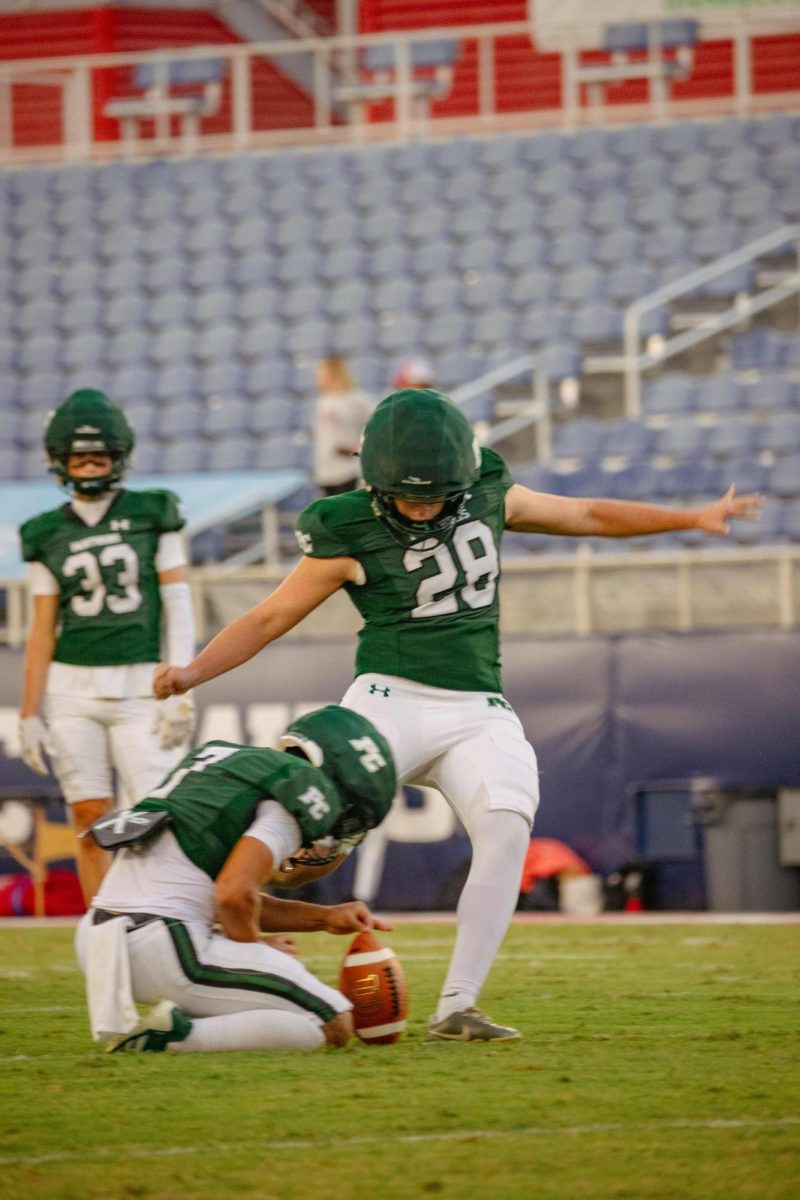


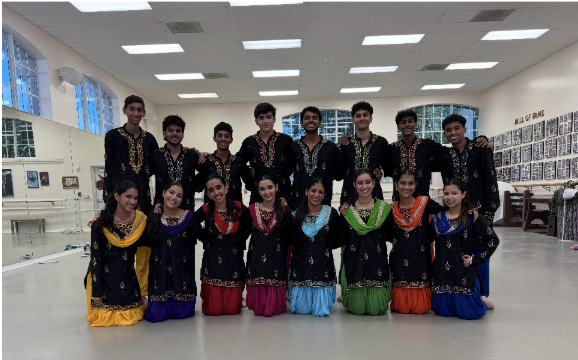
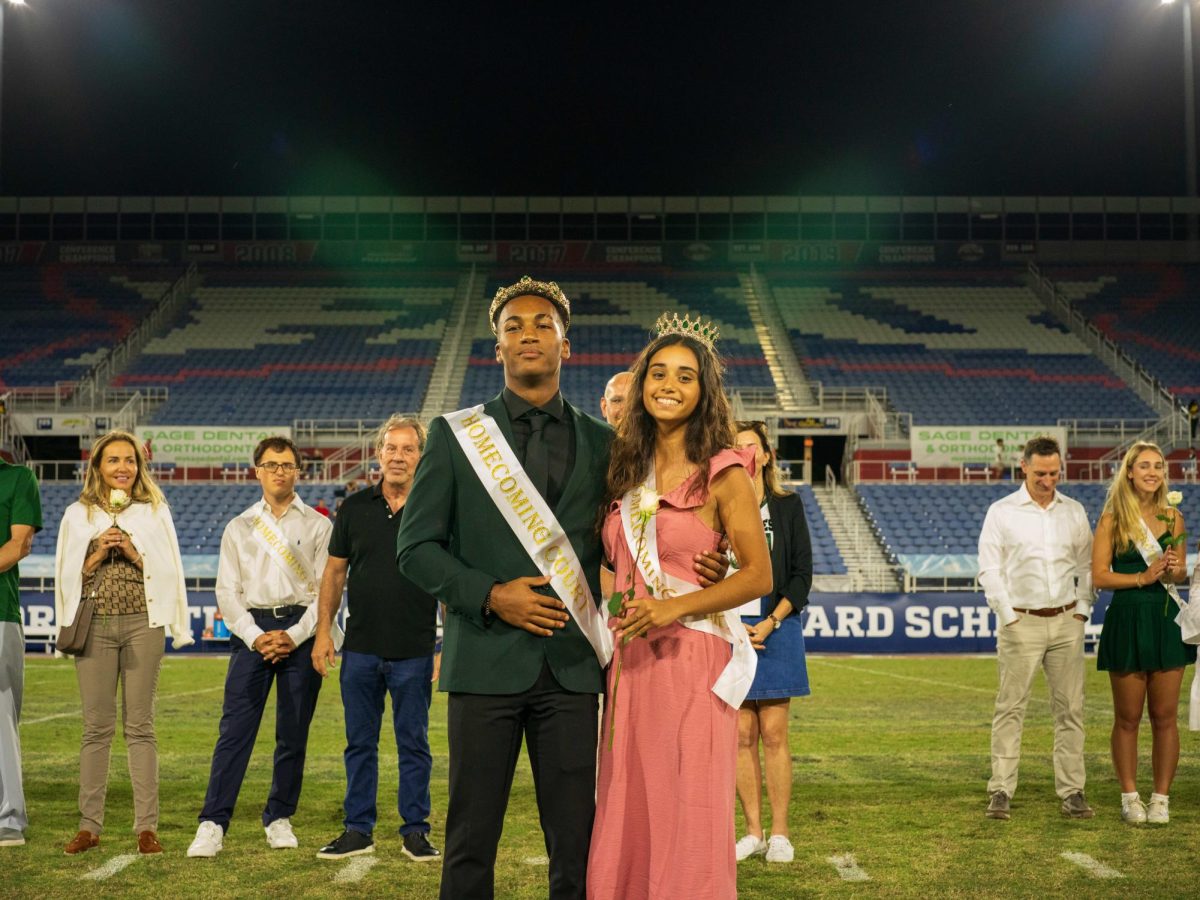
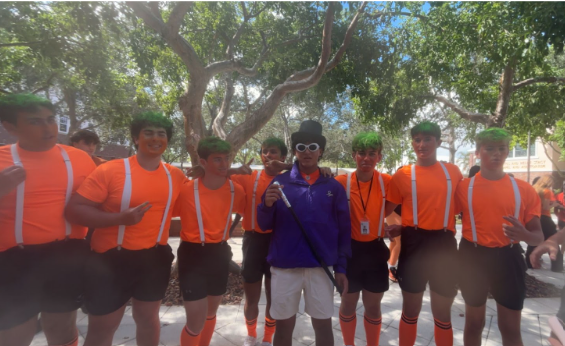
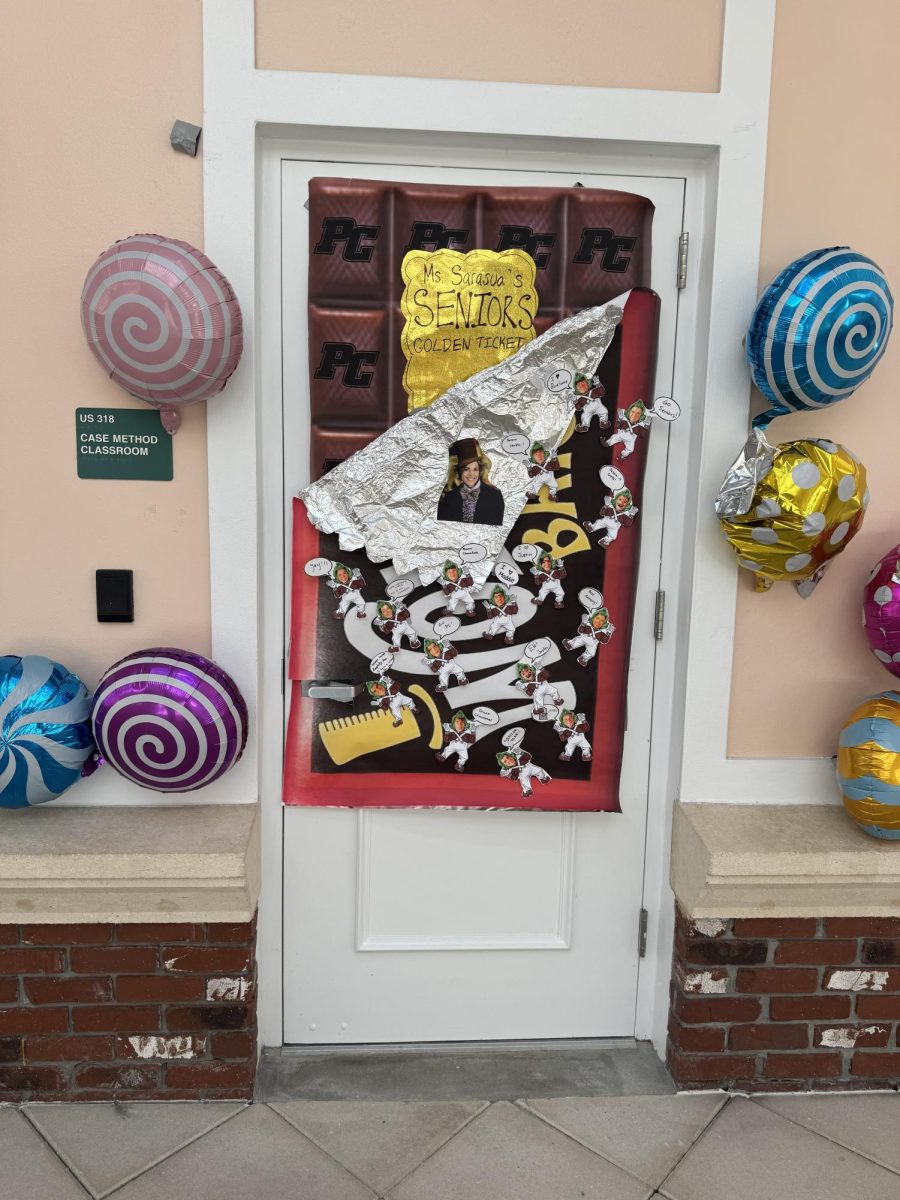
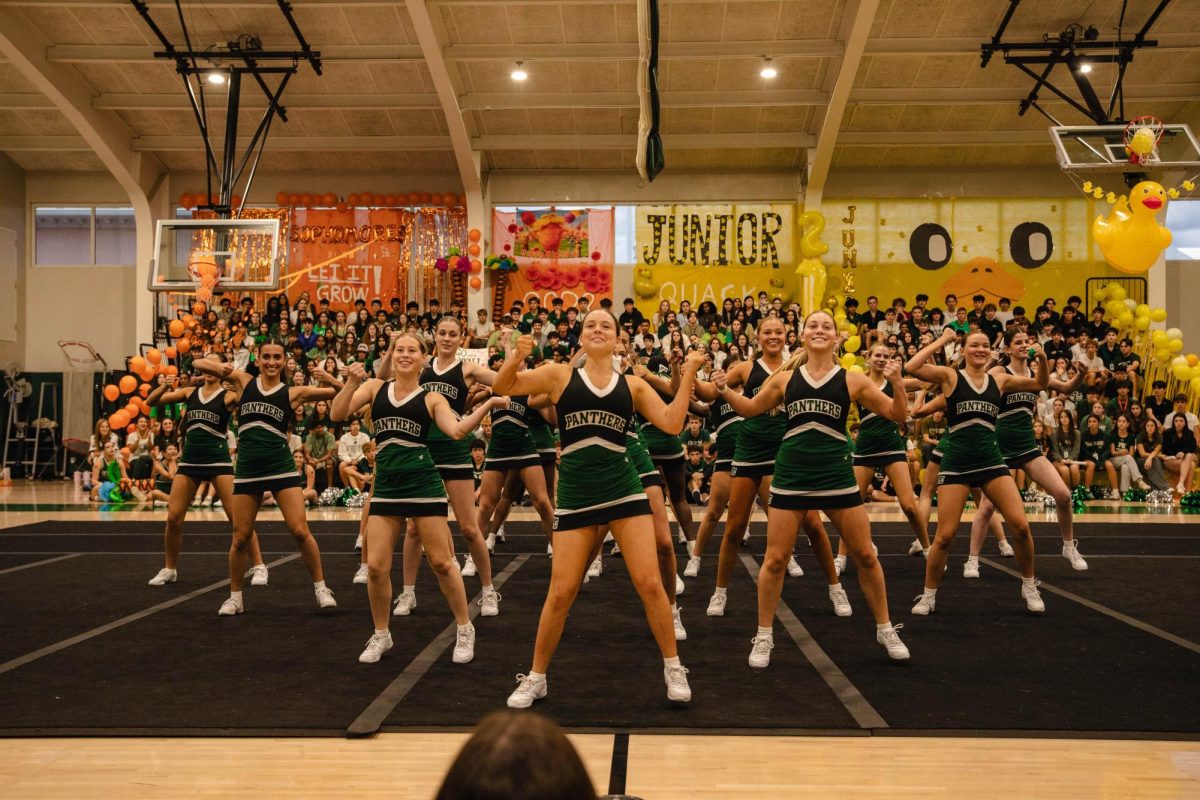
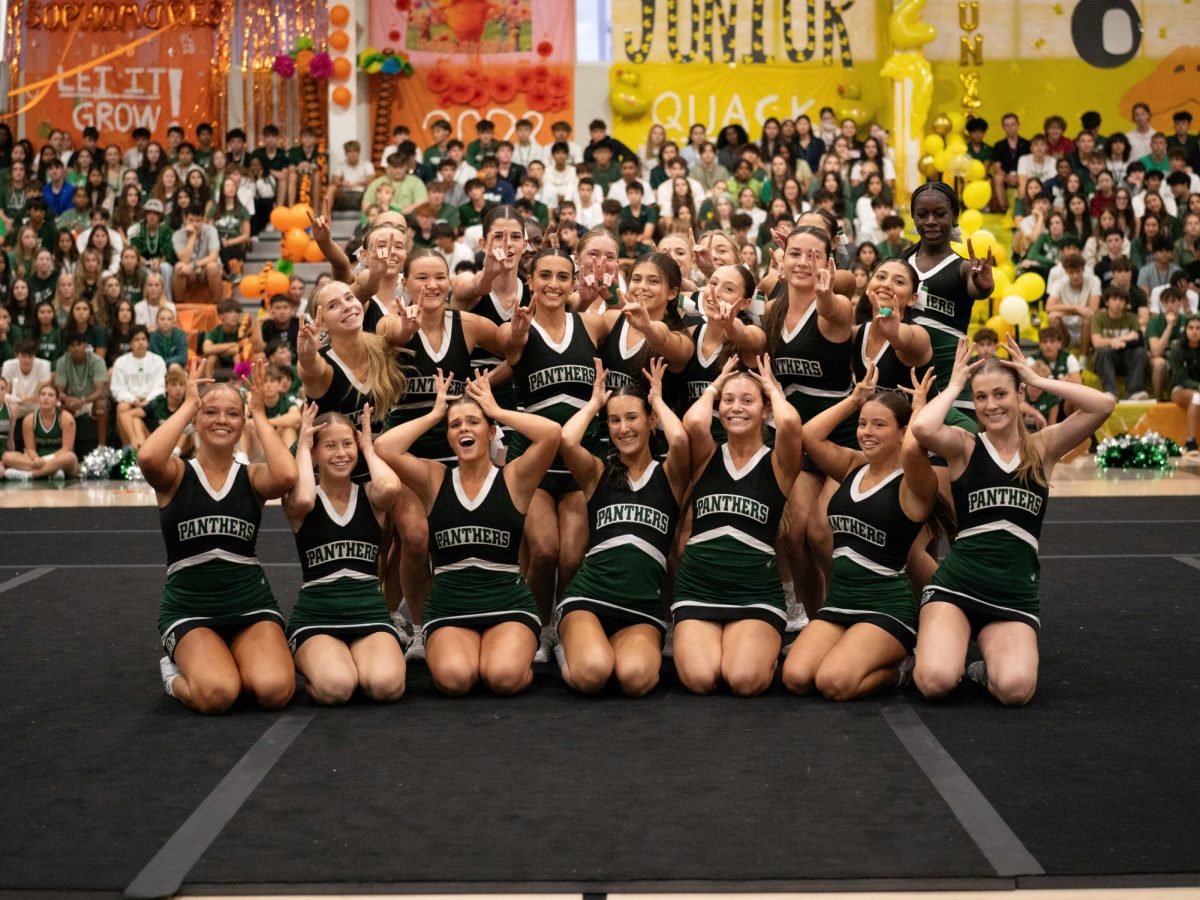




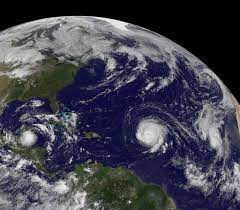
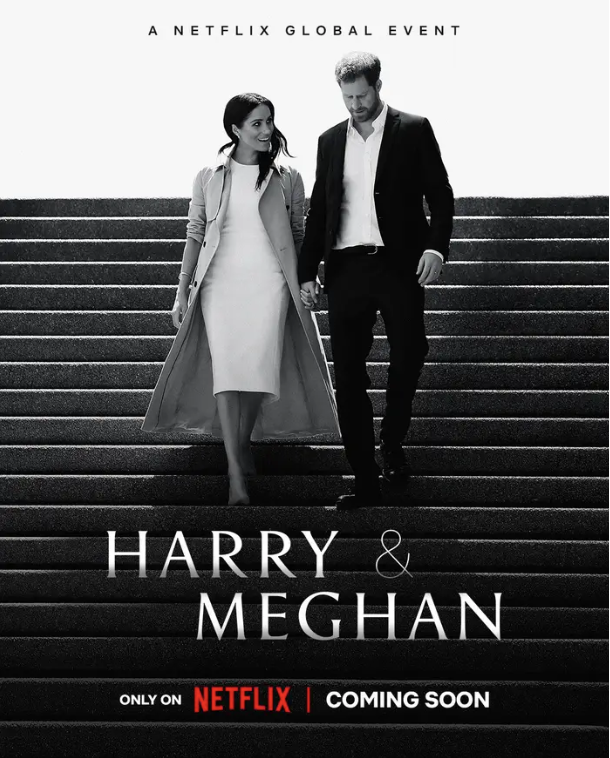



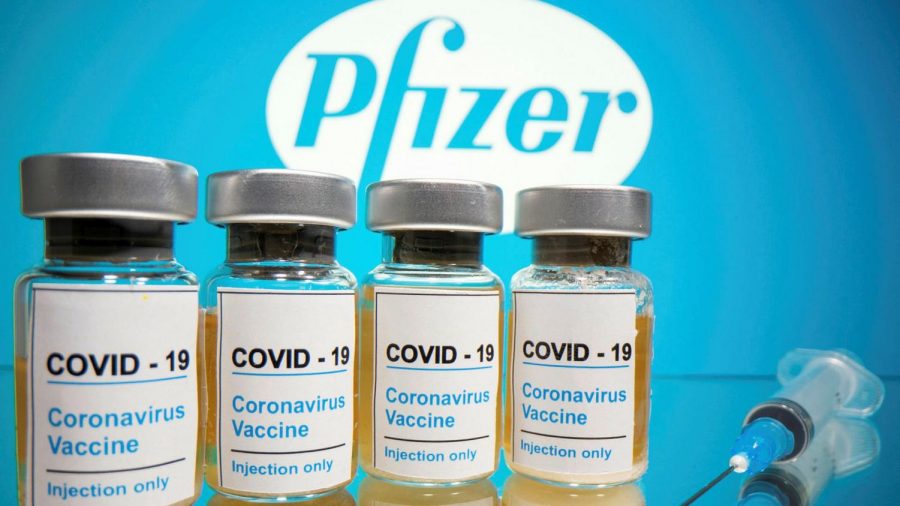


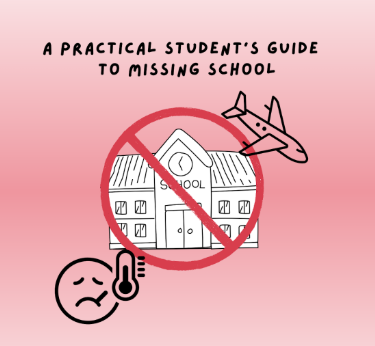
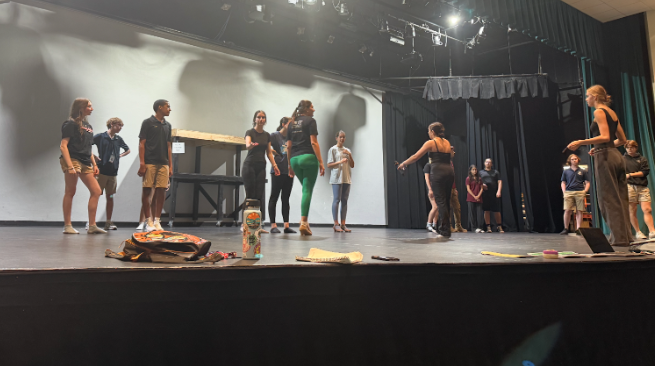

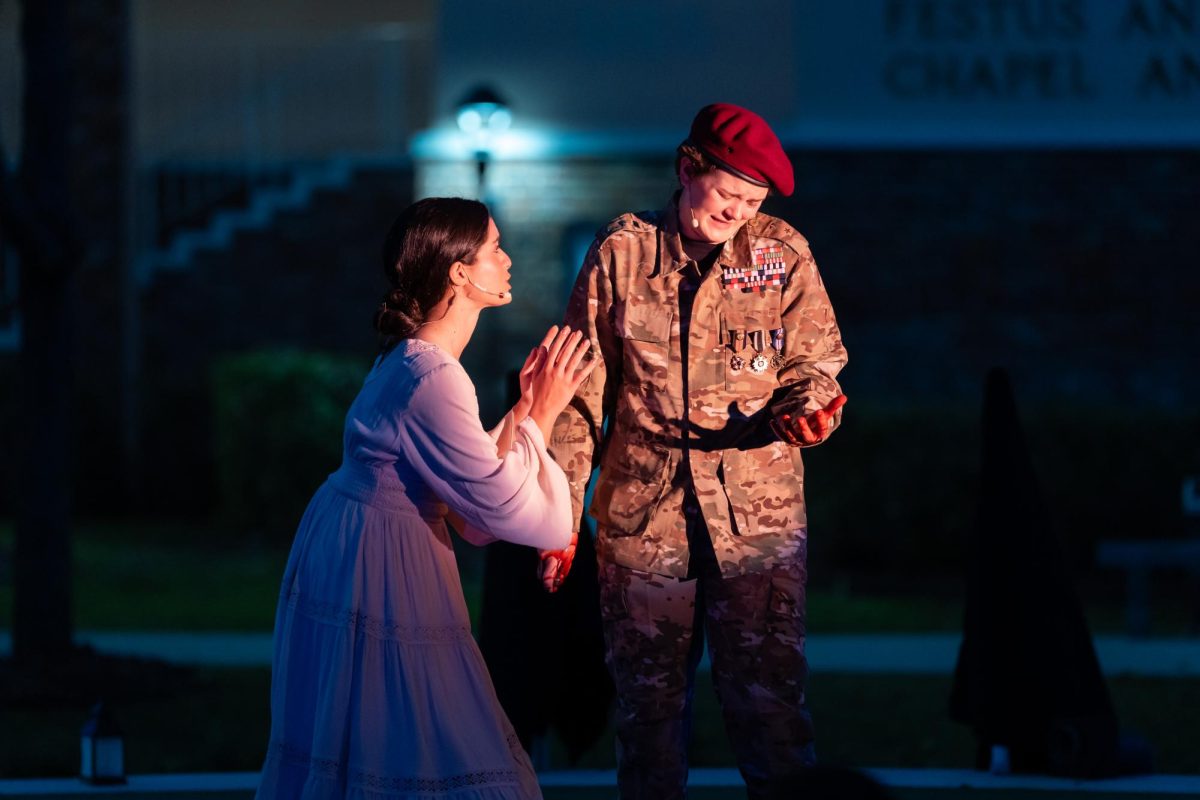
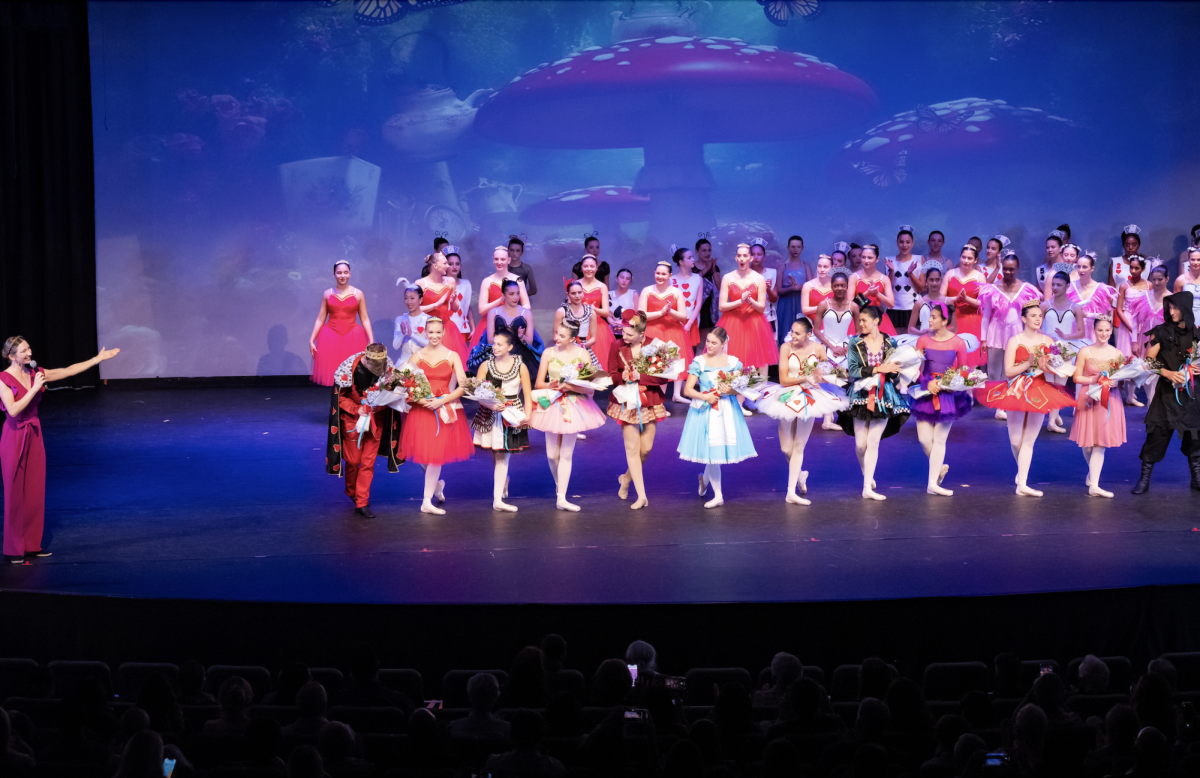
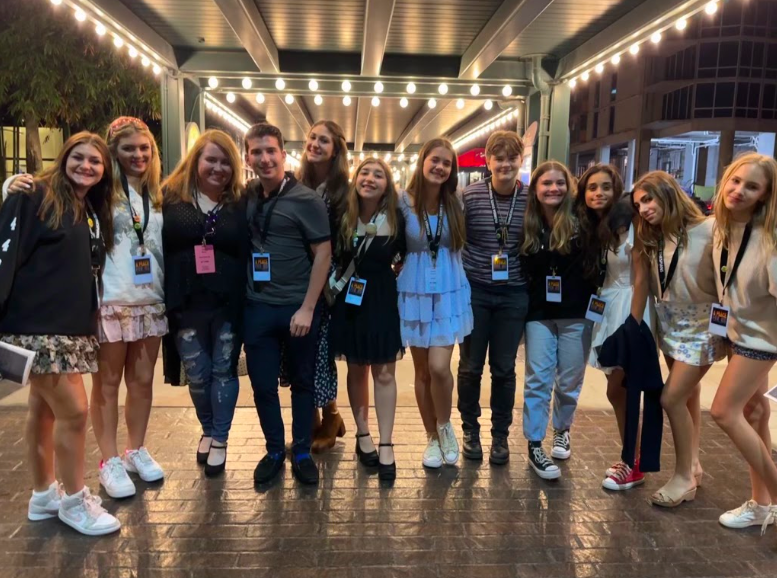
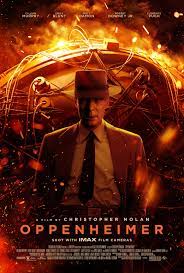
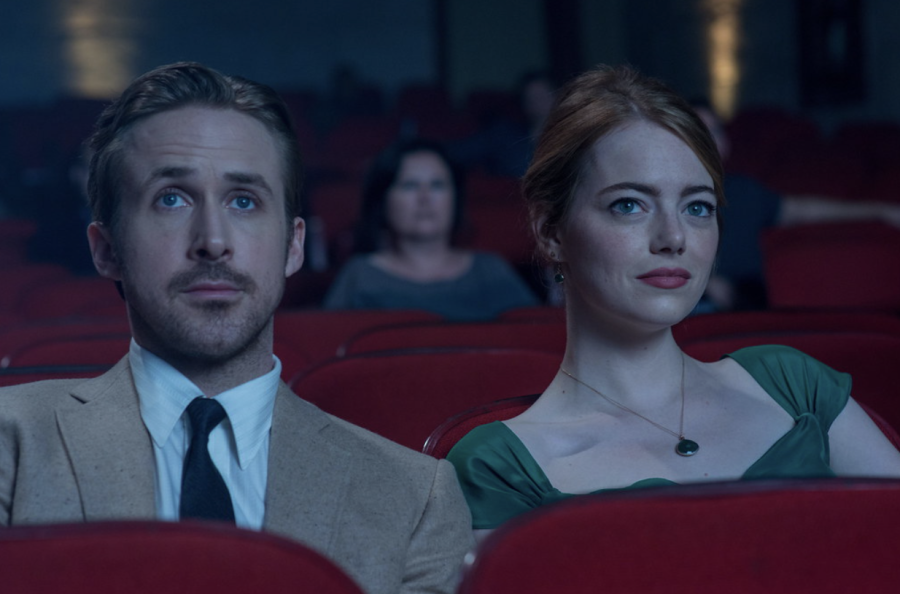


![Stranger Things 4: What to Expect [Warning: Contains Spoilers]](https://pcpawprint.com/wp-content/uploads/2021/11/StrangerThings4-900x473.jpeg)
